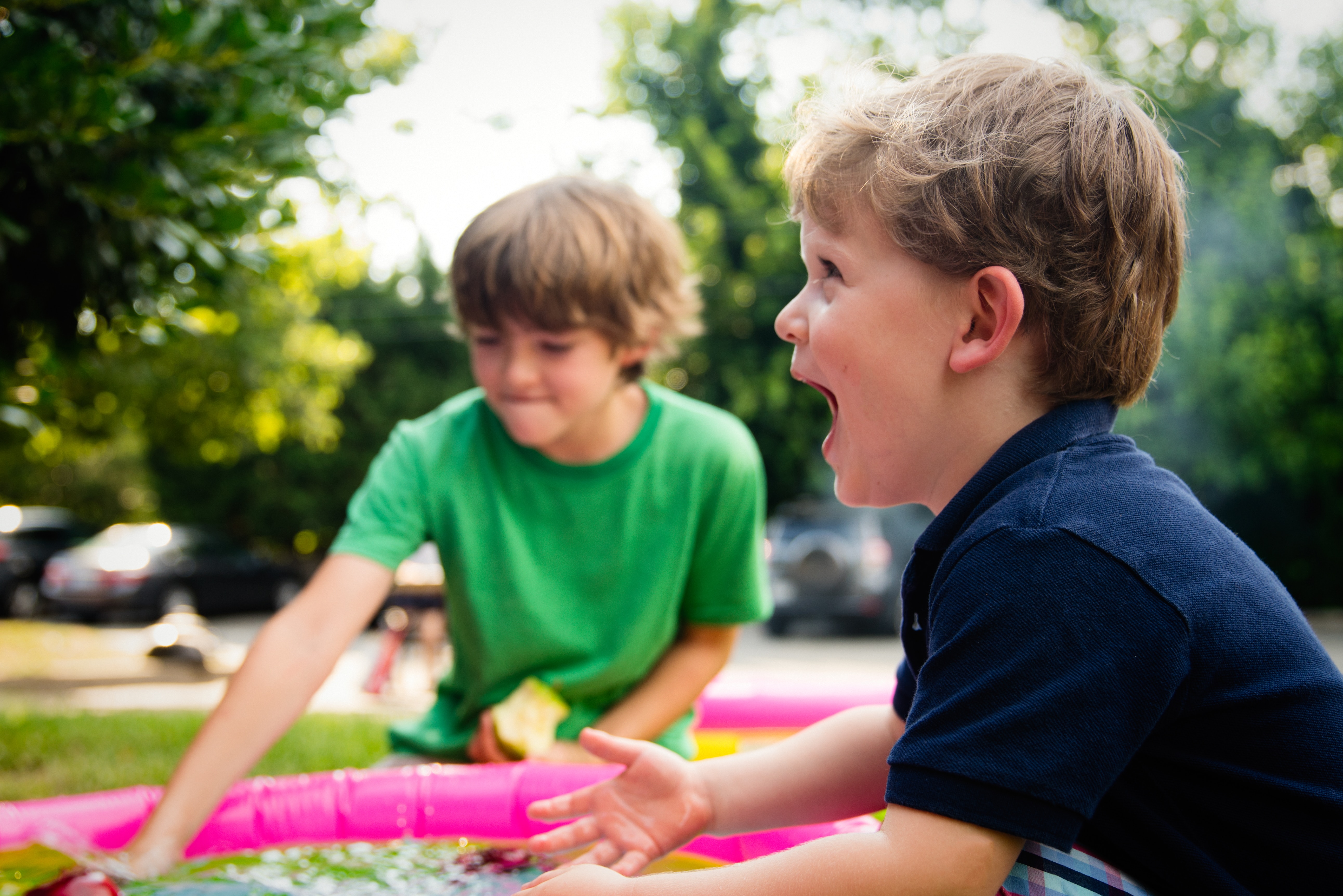Dialogue with children: have a serious talk with children about their ideas about something of importance.
The group of children can be:
- The whole class
- 10 children
- 4-6 children
- Pairs
- 1 at time
The idea every time is to explore the children’s ideas with all their critical and creative thinking skills.
Teacher’s role is:
- To ask good open ended questions.
- Facilitate and guide the conversation.
- Should not fish for right answers.
- Extend and deepen the children’s thinking.
“Children are searching for the real meaning of life. We believe in their possibilities to grow. That is why we do not hurry to give them answers; instead we invite them to think about where the answers might lie. The challenge is to listen. When your child asks: “why is there a moon?” don’t reply with a scientific answer. Ask him “what do you think?” He will understand that you are telling him “you have your own mind and your own interpretation and your ideas are important to me”. Then you and he can look for the answers, sharing the wonder, curiosity, pain……everything. It is not the answers that are important, it is the process”.
- Carlina Rinaldi
Barriers:
1. Fairness and equity for teachers and children:
Is it fair to give a group of children this kind of focused attention? Use teachers’ aides and parent volunteers to monitor the large group activity.
2. Noise: of a busy classroom
Use unoccupied rooms or secluded place outdoors.
3. Expectation:
Teachers might think this is too much to expect of preschool children. Some may even think it is harmful to them to sit and think when they might rather play. But they are later amazed when they take time to listen to children’s ideas.
4. Rationale: Why do this? Emergent curriculum
Most conversations are loaded with possibilities for topics or questions for further study. Teachers must make decisions about which of these ideas are most worthy of pursuit.
5. Lack of skill:
It takes skill and practice to be able to lead a productive conversation with young children.
6. Recording what the children say:
Lead a conversation and take notes at the same time?
Parent volunteers – taking notes or transcribing tapes.
7. Time, energy and skill necessary for teachers to review and analyze conversations and then plan, based on this study.
Facilitating Good Conversations
1. Think about appropriate questions beforehand. Brainstorm with colleagues first. Think about questions that would stimulate children’s curiosity, provoke and challenge them.
2. Have the conversation in a quiet place.
3. Choose a group that you feel will benefit from being together, interested with not so interested , or verbal with not so verbal. A group of five seems to be ideal.
4. Plan in advance how you will record.
5. Don’t take a quizzing attitude.
6. Communicate through your tone of voice, you wonder, your belief in the children’s capabilities and your excitement to talk together.
7. Remain open to the flow of the conversation.
8. Be the children’s memory.
9. When the children talk to each other, stay in the background.
10. Enjoy the conversation. Laugh together.
11. Use the conversation
12. Children and adults need time and experience with this way of being together.
13. Be brave enough to critique each other‘s conversations with children. It will help you gain skill and confidence.
Children’s zones of proximal development (Vygotsky 1978) is the distance between the level of capacity that children might be able to exhibit on their own and their levels of potential development attainable with help of adults or more advanced peers.
Dr. Mona Youssri
Child Psychiatrist, Family Counselor and CLC Founder

